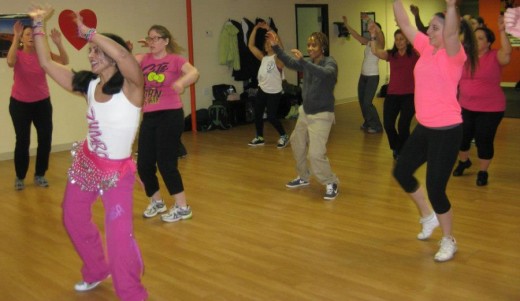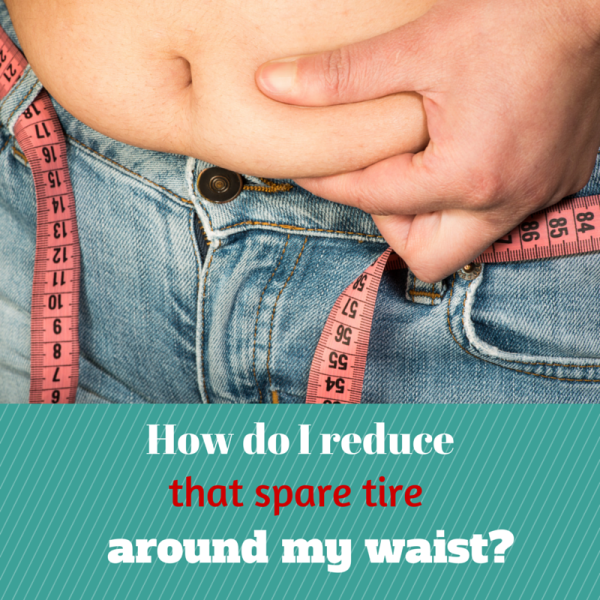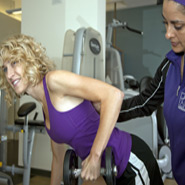Q: When I have achy knees or back, should I exercise?
A: You should definitely listen to your body when you experience pain or soreness. Pain is your body’s way of telling you that something is wrong.
I wanted to get an experts opinion on this, so I forwarded this question to my friends at North South Physical Therapy in Revere, Ma.
Elias Ortiz, a PTA and Clinical Rehabilitation Manager at North South Physical Therapy was kind enough to respond back to this question and below is his answer:
If you are frequently experiencing knee and back pain, then it is important to be checked by a physician before engaging in any physical activity or exercise program. You should stop all activity if you experience a sharp debilitating pain and consult with your doctor immediately.
Doctors often prescribe physical therapy and specific exercise programs for chronic conditions to manage pain better. There are many reasons why people get soreness on their knees and back. The most common reasons are overuse, poor posture and mechanics and lack of endurance, especially if you are new to exercising.
Here are some tips to minimize soreness after a workout:
Hydrate- Dehydration is one of the biggest culprits in optimal muscle cell recovery. Try drinking 20-24 oz. of water for every one hour of exercise.
Get plenty of REST- One of the best ways to get rid of soreness is to just take a break and wait it out. Soreness usually kicks in 12-24 hours after exercising, so try skipping a day in between. Sleep also helps regenerate muscle tissue and improves your mood to engage in exercising.
Pre and Post Nutrition- Protein serves as fuel and energy for your muscles. Make sure you get enough protein in you daily diet, especially right after your workout. That’s when your muscles are the thirstiest for nutrition.
Massage sore areas- Massage increases the blood flow to the muscles that are sore for faster healing and also reduces stiffness.
Apply ice for the first 24 to 72 hours- Cold is beneficial in decreasing inflammation of overused muscles. Apply ice 15 minutes at a time to affect areas.
Soak in a hot tub- Just like a massage, heat is beneficial in increasing blood flow to sore muscles, helping them relax and heal faster.
Warm up and Stretch before exercising- This one is important. Before engaging in any form of exercise, it is crucial to warm up by doing some dynamic warm up and stretching exercises.
Make sure you have the correct shoes – Consult with a professional regarding proper footwear for the specific exercises you’re doing.
Try topical creams or NSAID- There are several over the counter (OTC) ointments you can use to relieve pain and soreness. If the pain is more intense you could also try some OTC anti-inflammatory medicine such as Ibuprofen or Aleve.
Thank you, Elias Ortiz, for taking the time to answer this question.
To to my students and readers, I would like to finish by saying that it’s crucial that you listen to your body. If you feel any soreness or pain, take a break and follow the above guidelines. If the pain and soreness continue, then definitely make an appointment to see your doctor. Stay healthy!
Thank you for taking the time to read my Ask Aimee, Q&A series. I will be posting a new Q&A in the coming weeks.
Like what you read?
If you would like to be notified by email every time I post a new question to my “Ask Aimee” series, simply fill out the form below:
If you know of someone who can benefit from this post, please share it with them on Facebook or Twitter.













You must log in to post a comment. Log in now.